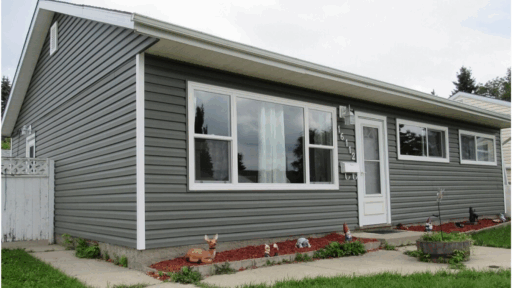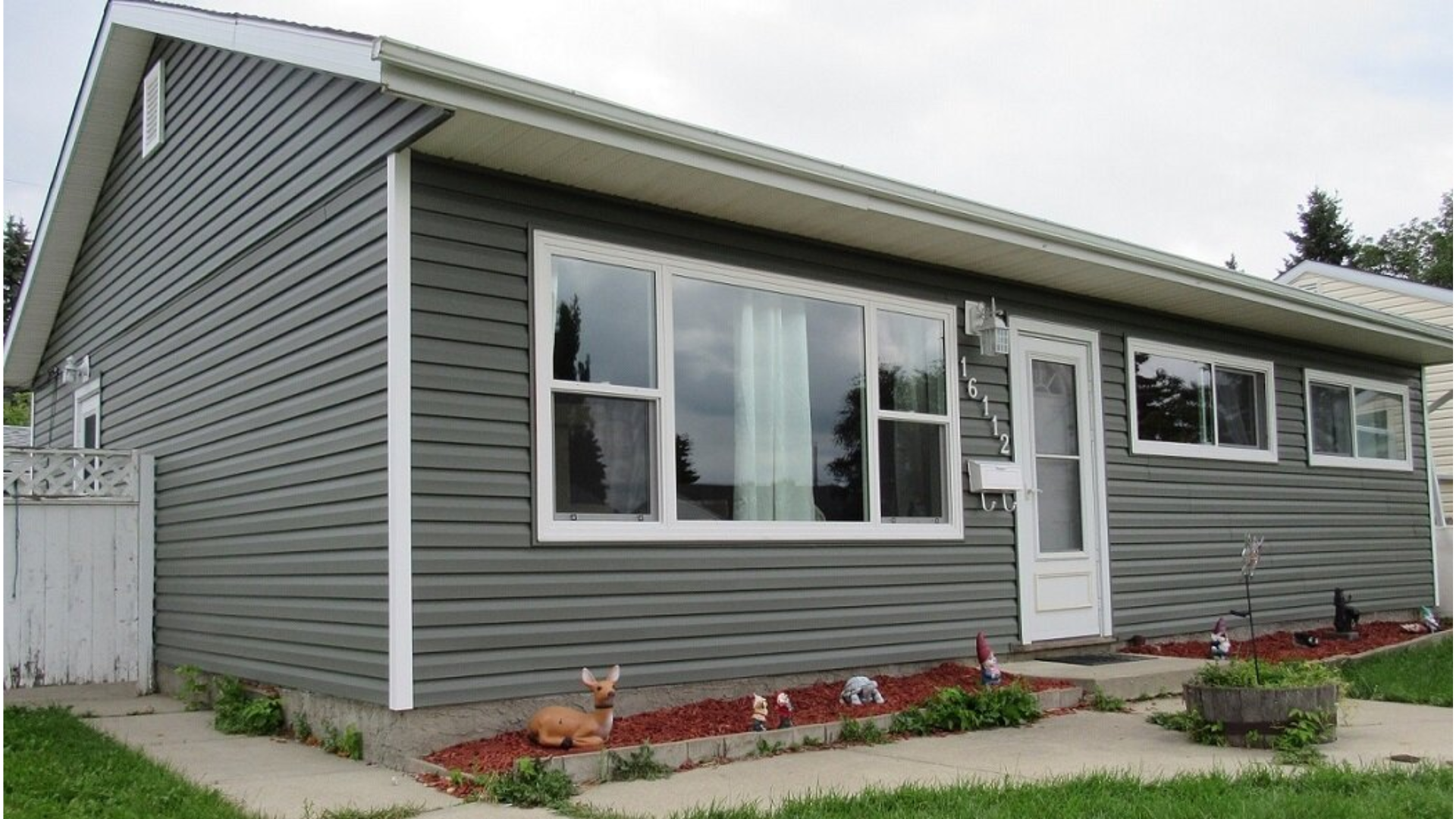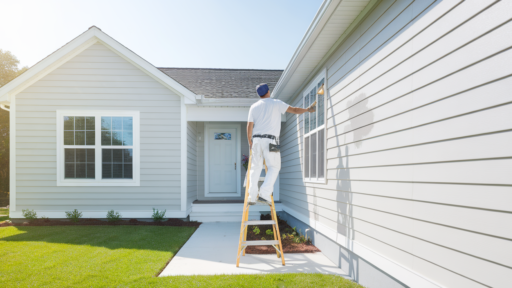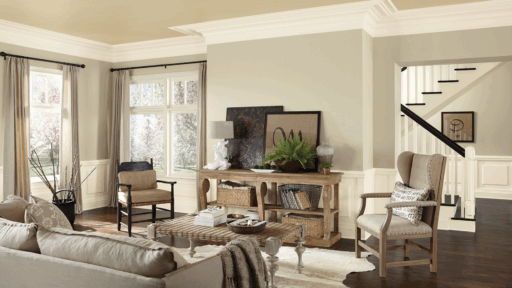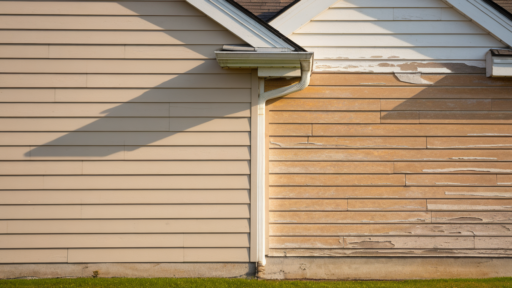If you’re like me, you care a lot about keeping your home looking good and staying strong. I remember when I first thought about changing my siding. It seemed like a big job, and it is.
But it made my house look fresh again and helped save money on energy, too. When you’re planning a big home project like this, the first question is always: how much is it going to cost?
In this guide, I’ll walk you through the average cost to replace siding. We’ll look at different siding materials, what affects the price, and how to plan your budget.
Whether your siding is old, damaged, or just doesn’t fit your style anymore, this post will help you understand the real costs involved, without confusion or hard words.
What is Siding?
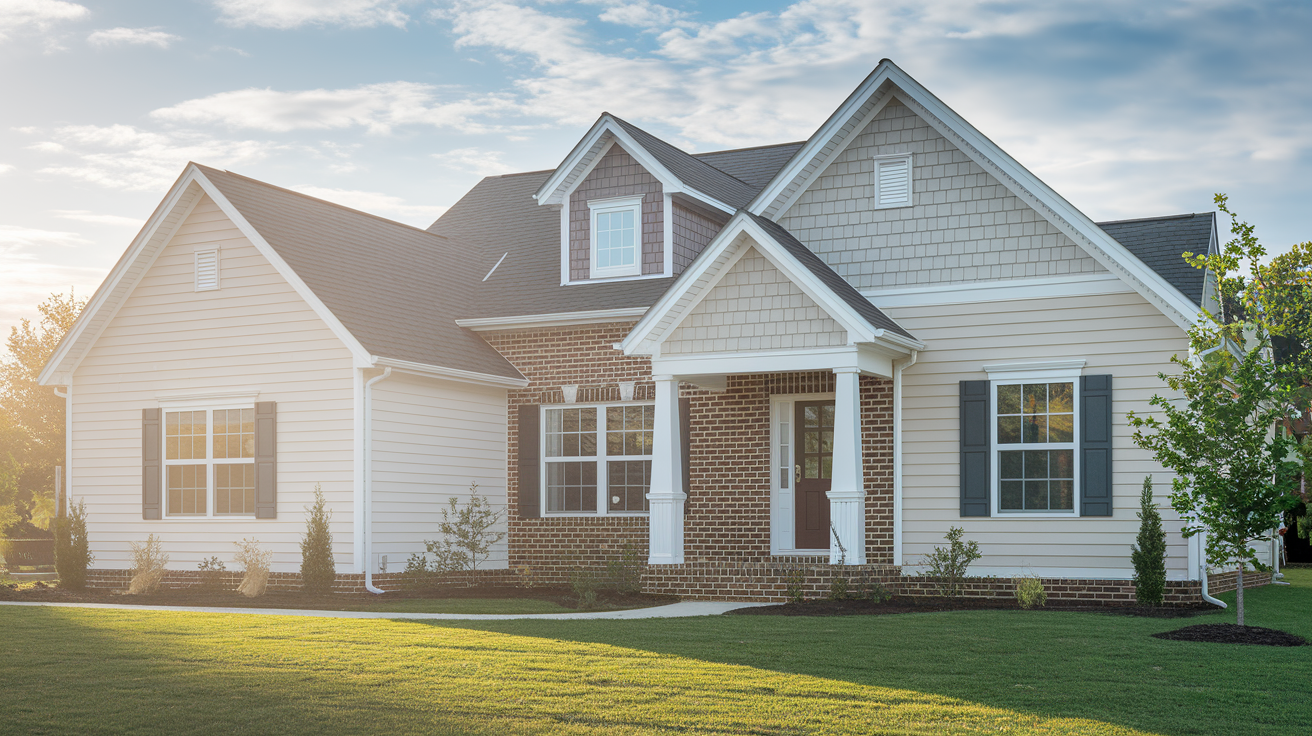
Siding is the outer covering that goes on the walls of your house. It protects your home from rain, wind, snow, and sun.
It also helps keep the temperature inside your house comfortable. Siding comes in many materials, like vinyl, wood, metal, or brick.
Some siding types can also add extra insulation, which means they help save energy. Besides protection, siding also makes your house look nice. The color, style, and shape of your siding can change the whole look of your home.
If your siding is old or damaged, it may be time to think about getting it replaced. That’s where understanding the cost comes in.
Good siding can also help block outside noise, keep out pests, and prevent moisture from getting into your walls.
It’s one of the most important parts of your home’s exterior. When done right, new siding can make your house feel almost brand new.
Why Replace Your Siding?
Replacing your siding isn’t just about looks – it’s about protecting your home and making it more comfortable.
Over time, siding wears out from rain, wind, sunlight, snow, and insects. This can lead to cracks, rot, warping, or fading, opening your home to problems like water damage, mold, drafts, and even pests sneaking in through small gaps.
New siding acts as a fresh shield, blocking out moisture and weather while keeping your home structurally sound.
It also improves energy efficiency. Insulated siding helps maintain indoor temperatures, keeping you warmer in winter and cooler in summer.
Appearance matters too. Worn siding can make your home look tired, even if everything else is fine. Replacing it boosts curb appeal and brings fresh pride every time you come home.
Cost to Replace Siding
When planning to update your home’s exterior, knowing the cost to replace siding helps you prepare your budget and avoid surprises.
On average, homeowners spend around $10,000 to $16,000 to replace all the siding on a typical single-family home.
The total cost depends on the size of your house, the type of siding you choose, labor rates in your area, and whether old siding needs to be removed.
For example, replacing siding on a 1,500-square-foot home using vinyl might cost between $4,500 and $9,000. If you choose fiber cement, the cost could rise to $10,500 to $19,500.
Brick veneer is one of the most expensive options, with prices reaching $24,000 or more for the same size house. These prices usually include both materials and labor.
Some types of siding, like vinyl, are more affordable and usually cost between $3 to $8 per square foot.
Labor costs are also part of the total, and those can range from $1 to $5 per square foot. If your old siding needs to be removed first, that can add a few thousand dollars to your total cost.
Different Types of Siding and Their Costs
There are many types of siding, and each comes with its own price, style, and level of maintenance. Choosing the right one depends on your budget, the weather where you live, and the look you want for your home.
Vinyl Siding
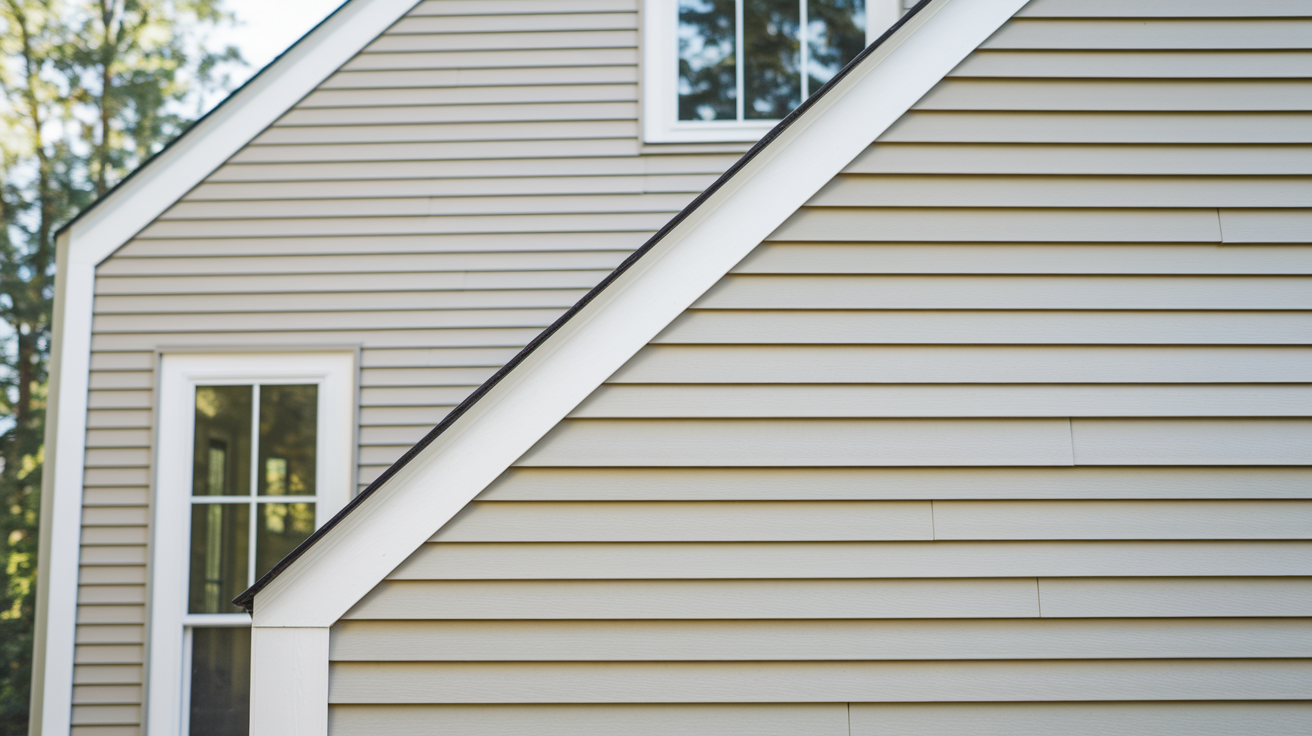
Vinyl siding is one of the most affordable options, costing between $3 to $8 per square foot. It’s lightweight, easy to install, and available in many colors and designs.
It needs very little care, which makes it a great pick if you want something low-maintenance. But in very cold areas, vinyl can become brittle and crack over time, and it may not last as long as tougher materials.
Wood Siding

Wood siding gives your home a warm and natural look and typically costs between $6 to $12 per square foot. You can paint or stain it any way you like, which makes it easy to match your style.
However, it does need regular care like painting or sealing. If it’s not maintained, it can rot, warp, or get damaged by termites or other bugs, especially in wet climates.
Fiber Cement Siding

Fiber cement siding is a durable choice that costs around $7 to $13 per square foot. It’s made from a mix of cement, sand, and fibers, and it looks like wood but lasts much longer.
It resists fire, rot, and insects, which makes it a smart pick for many homes. It is heavier than other types, though, so labor costs for installation are higher, and it takes more time to put up.
Engineered Wood Siding
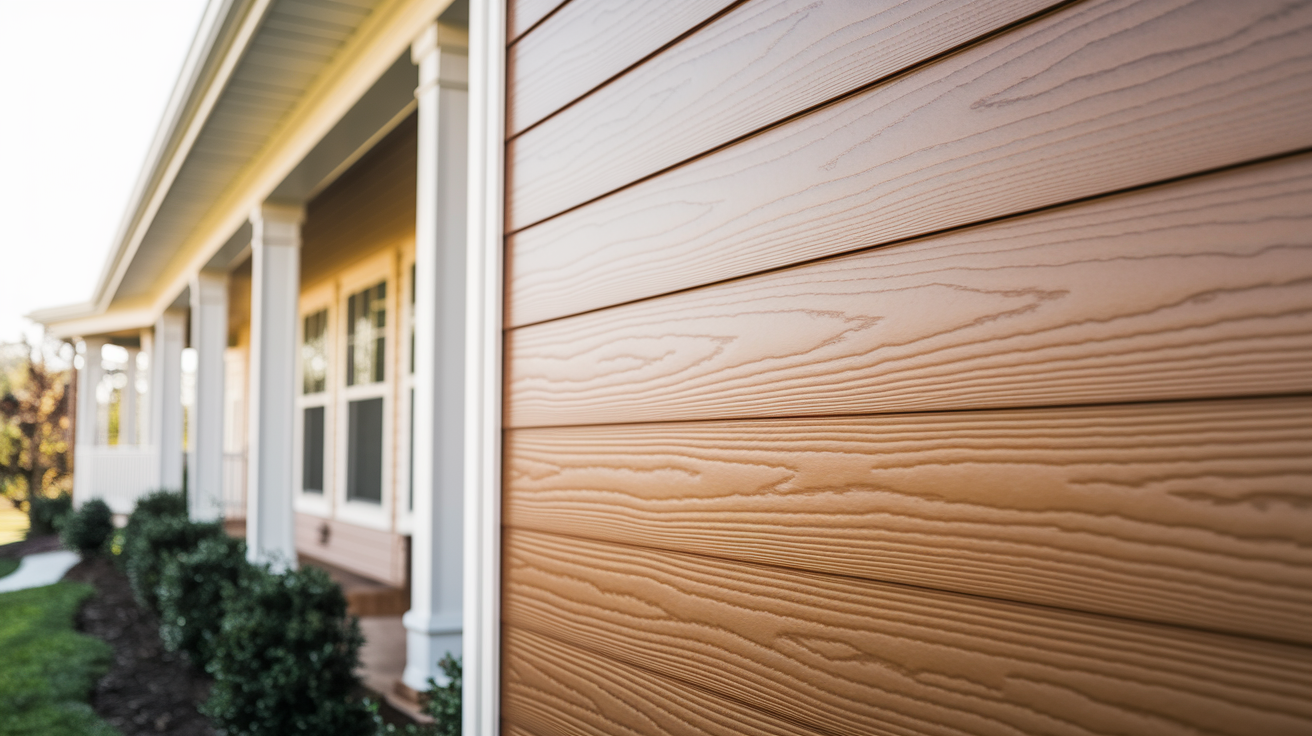
Engineered wood siding costs between $6 to $11 per square foot. It looks like real wood but is made from wood fibers and resin, which makes it stronger and more resistant to water damage.
It’s easier to install than real wood and often comes with a longer warranty. Still, it needs proper sealing to prevent water from getting in and causing the material to swell.
Metal Siding
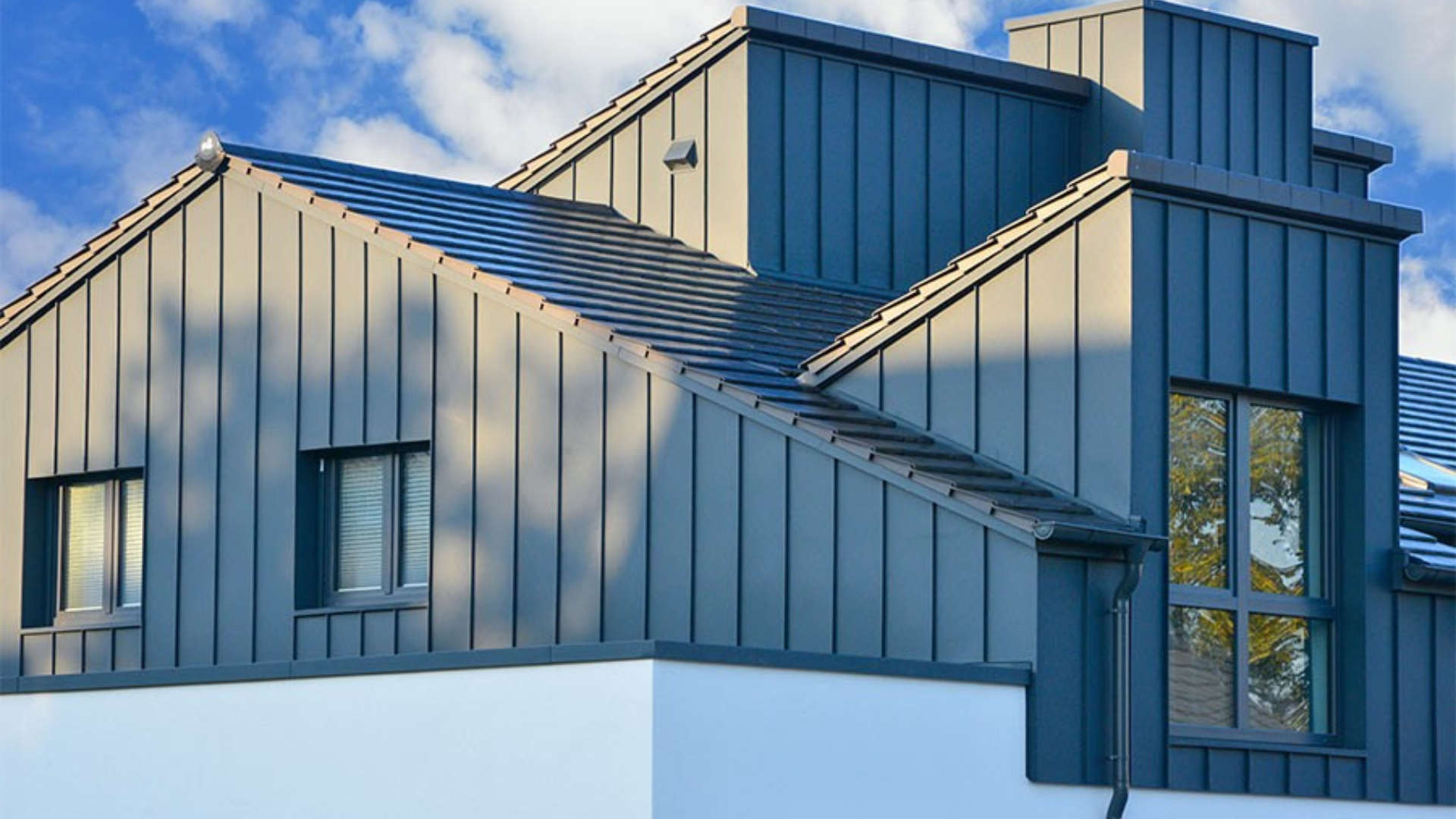
Metal siding, made from steel or aluminum, usually costs between $4 to $10 per square foot. It’s tough, weather-resistant, and doesn’t attract pests or rot like wood does. It’s also fireproof and recyclable.
But metal can dent from things like hail or branches, and over time, the paint may fade if the siding gets too much sun exposure.
Brick Veneer

Brick veneer is one of the more expensive options, with a price range of $9 to $16 per square foot. It’s a thin layer of brick added to the outside of your home and giving the look of full brick at a lower weight.
It’s very strong and doesn’t need much maintenance. However, the cost of both the materials and the labor is high, and the installation takes more time.
Quick Table
| Siding Type | Estimated Cost Range |
|---|---|
| Vinyl Sidin | $4,500 to $9,000 |
| Wood Siding | $9,000 to $18,000 |
| Fiber Cement Siding | $10,500 to $19,500 |
| Brick Veneer | $13,500 to $24,000 |
These costs usually include both materials and labor. If your home is larger or has more details like corners and windows, your final cost may be higher. Always check with a local contractor for a more exact quote.
Factors That Affect the Cost of Replacing Siding
The total cost to replace siding isn’t the same for every home. Many small details can raise or lower the final price.
1. Size of Your Home: Larger homes need more siding and labor, which increases the total cost.
2. Shape of Your Home: Homes with lots of corners, windows, or rooflines require more cutting and detail work, which takes extra time and effort.
3. Type of Siding: Some siding materials are more affordable, like vinyl, while others, like brick veneer or fiber cement, are more expensive to buy and install.
4. Prep and Repairs: If the walls under your old siding are damaged, they’ll need to be fixed before the new siding goes on. This adds to labor and material costs.
5. Insulation: Adding insulation under your new siding improves energy efficiency, but it’s an extra step that adds to the overall price.
6. Labor Costs: Labor usually ranges from $1 to $5 per square foot, depending on the siding type and where you live. Harder materials like brick veneer and fiber cement cost more to install.
7. Old Siding Removal: Taking off old siding adds to the project cost. Removing vinyl or wood siding can cost anywhere from $1,000 to $3,000, depending on the home’s size.
Replacing Siding on Your Own vs Hiring a Pro
When it comes to replacing siding, one big question is whether to do it yourself or hire a professional. If you’re handy and have the right tools, installing vinyl siding on your own might be possible.
Doing it yourself can save you money on labor costs, but it also takes time, effort, and a lot of careful work.
Mistakes during installation can lead to water damage, gaps, or siding that doesn’t stay in place, which could end up costing you more to fix later.
Most homeowners choose to hire a contractor because it’s faster, safer, and the final result usually looks better.
Professional installers have the training to handle tough materials, and many companies offer warranties on both the materials and the work.
This gives you peace of mind if something goes wrong. However, hiring a pro does add to the cost.
To get the best deal, always collect at least three quotes, ask for references, and read reviews. Make sure the contractor is licensed and insured before signing any agreement.
Common Mistakes to Avoid
Replacing siding is a big project, and I’ve learned that it’s easy to make mistakes that end up costing time and money. Knowing the most common issues ahead of time can help you make smarter choices.
- Choosing based only on looks: Don’t pick siding just because it looks nice. Make sure it fits your local climate and lasts long in your area’s weather.
- Not getting everything in writing: Always have a written agreement that lists the full cost, materials, and timeline. This prevents confusion or hidden charges later.
- Skipping a home inspection before starting: An inspection can reveal hidden damage behind your siding. Fixing it early saves money and problems down the line.
- Choosing poor-quality materials to save money: Cheap siding may cost less now, but it may not last. Paying more for quality materials can save you from repairs in the future.
- Ignoring building codes or permit rules: Make sure your project follows local building codes. Some areas also require permits before replacing siding.
- Failing to check your home’s moisture barrier: The moisture barrier under your siding helps prevent water from getting into your walls. Skipping this step can lead to mold or rot later.
Conclusion
I know replacing siding can feel like a big deal. When I replaced mine, I was nervous about the cost, the choices, and finding someone I could trust.
But once it was done, I was so glad I did it. My home looked better, stayed warmer, and even my neighbors noticed the change.
If you’re thinking about changing your siding, take your time. Get a few quotes, learn about your options, and plan ahead.
This guide gives you a strong start, but every house is a little different. Ask questions and make sure you feel good about your decision.
If this post helped you understand the cost to replace siding, I’d love to hear from you. And if you’re ready to get started, reach out to a local pro and ask for a free quote. Your new siding might be closer than you think.

